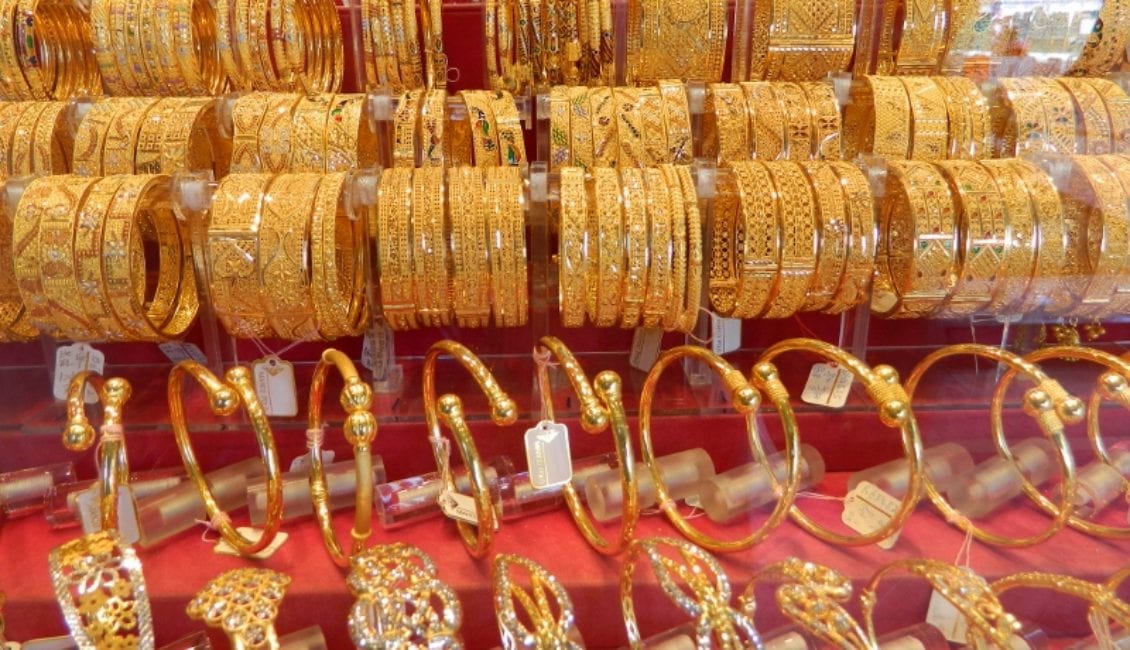
Dhanteras is here and gold jewellery is selling like hotcakes. Shoppers are trying to get their hands on the best piece of jewellery to mark the auspicious occasion. While many buy it as an investment, it is important to determine that a jeweller doesn’t end up cheating you. [sc_fs_multi_faq headline-0=”p” question-0=”How to save yourself from a jeweller fraud!” answer-0=”Making Charges: Jewellers charge anywhere around 15% to 40% as making charges. There is no standardised rate for making charges on jewellery. So, while buying jewellery, make sure that the making charges are levied on the actual price of gold. ” image-0=”” count=”1″ html=”false” css_class=””]Gold prices are astonishing, but a simple mistake can cost you thousands.
Heading to buy jewellery this Dhanteras? Remember these 7 hacks to save yourself from a jeweller fraud!
- Making Charges: Jewellers charge anywhere around 15% to 40% as making charges. There is no standardised rate for making charges on jewellery. So, while buying jewellery, make sure that the making charges are levied on the actual price of gold. It’s simple math- if the final price is Rs 1,00,000 and the jeweller says charges 30% as making, do not be fooled! This means that the gold is for Rs 70,000 and the making should have cost Rs 21,000. Hence, you may end up paying extra if you do not pay attention to the math.
- Gold Purity: The purity of gold is measured in carats. While you’ll find jewellery for as low as 14K, you will find gold coins or bricks at 24K, which is the purest form of gold. If your jewellery has low carats, you should pay less. Therefore, always check the purity of gold while buying jewellery.
- Buy plastic at the price of gold: The price of jewellery depends on the weight. If your chosen piece of jewellery contains enamels, fake stones, zircon, etc – these will increase the weight and you’ll end up buying plastic at the price of gold! Ordinary stones which otherwise may cost as low as Rs 50, will shoot up the price of gold jewellery. Even when you try to sell or exchange such jewellery, the jeweller will deduct the weight of stones in order to determine the actual cost of gold.
- Wastage Charges: Jewellers claim that a certain percentage of gold goes to waste while making a piece of jewellery. Hence they charge ‘wastage’ over and above the actual price of gold and making charges. It costs around 5% to 10% extra. In reality, none of the gold goes to waste. This is decided by the jeweller- therefore, you can negotiate here! If you are persuasive enough, you may get a per cent or two less.
- ‘Free’ Jewellery Cleaning: Big jewellery brands like Tanishq offer cleaning of old jewellery as a complimentary service. Smaller jewellery shops may also offer the same service, for free. A chemical called ‘aqua regia’ is used to clean a piece of gold jewellery. During the process, a part of gold gets washed away in the chemical. There will be a change in the weight of the gold before and after cleaning. But it will be so minute that you won’t notice.
- Exchanging Jewellery for less: Depending on the weight and carats, jewellers determine the cost of your gold. Jewellers use a device called ‘karatmeter’ or ‘caratmeter’ to determine the purity of gold. The Bureau of Indian Standards (BSI) does not authenticate this. To actually ascertain the carats and weight of gold in your jewellery, the best practice is to determine it through ‘assaying’. A tiny part of the jewellery is melt and tested during assaying. You can demand this type of testing for a nominal fee. Every piece of your jewellery should be weighed and tested separately to avoid selling it for less.
- Hallmarked Jewellery– As a buyer, it is your duty to buy only hallmarked jewellery. A hallmark or ‘BIS’ stamp guarantees the quality and purity of jewellery. You’ll find the mark inside the jewellery. While buying jewellery, check for the stamp and also get a Hallmark certificate from your jeweller. Moreover, jewellery hallmarking facility can be found at a lab near you. It won’t cost more than Rs 25 per piece. 916 BIS stamp would mean that the piece has 22-carat gold. Similarly, 1,000 would mean 24 carats, 750 equivalent to 18 carats and so on.
Have a complaint against an online jeweller? Start your case for free below-
Share this:
Resolver*
Guides, help & tips, delivered twice a month


No Comments